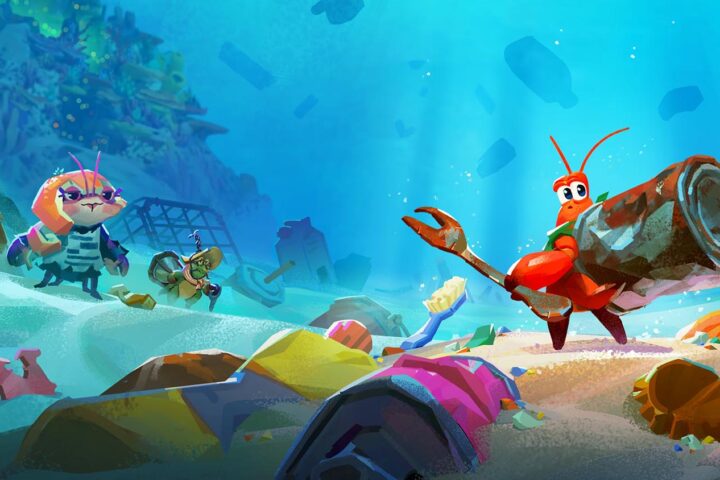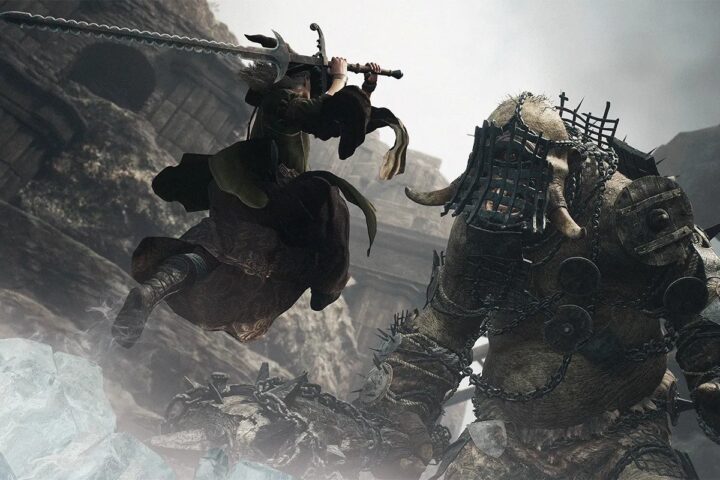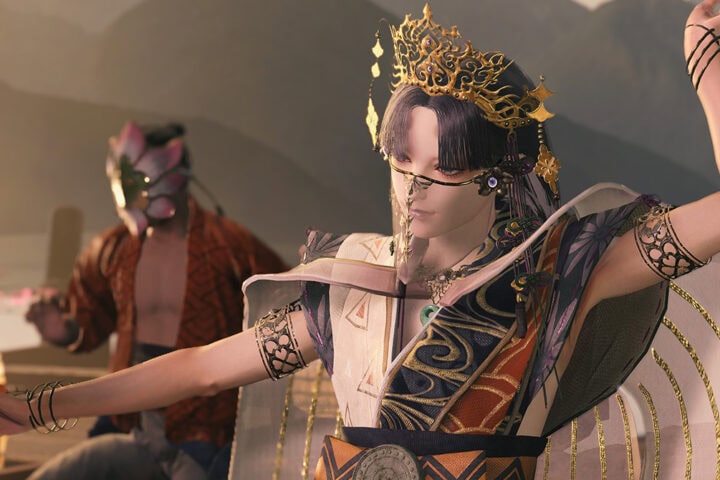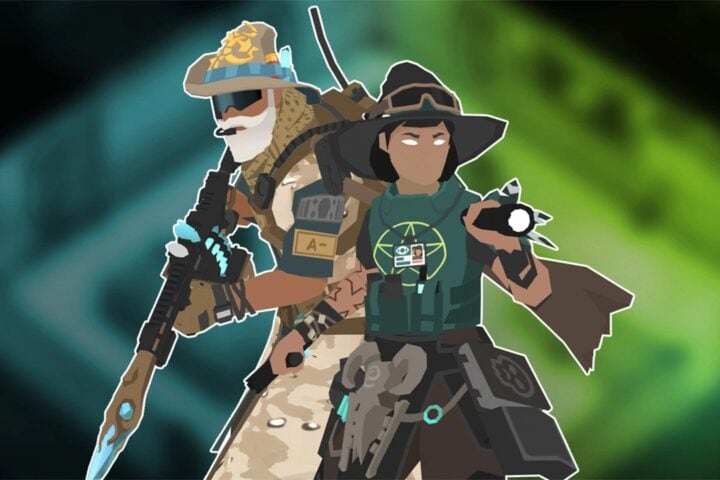In Black Myth: Wukong, Game Science’s fast, loose, and fun take on the 16th-century Chinese novel Journey to the West, players take on the role of the Destined One, a staff-wielding monkey warrior. His quest is to gather up six artifacts (each representing a different sense) belonging to Sun Wukong, a.k.a. the Monkey King. They’re the things that, as the game puts it, made him a “monkey of merit.” Though a mere video game cannot hope to conjure up six senses, Wukong looks, sounds, and certainly feels like a game of merit.
Wukong excels at allowing players to feel increasingly like the Monkey King himself. This is an action RPG whose focus is less on punishing, labyrinthine environments and more on delivering precise, melee-based combat encounters that put the Destined One’s agility to the test. Save for a few late-game missteps in over-large environments, the majority of the campaign is spent trying to figure out how to take down each of the massive demonic or godly opponents that you come across. The way forward is almost always clear, and because the game is broken into discrete chapters, you’re never stumbling into entirely new areas so much as a series of dead ends that yield treasure or bosses that—once collected or defeated—quickly funnel you back onto the main path. The result is a game that is fast-paced in both combat and exploration.
For over 30 hours, Wukong feels light on its feet, even at its most challenging. That comes as a result of not having a penalty for dying, which means you’re always making progress, even in death. The game is also fluid with its skill points, meaning that you can at any time freely reallocate them at a checkpoint should your current build not be effective.
That’s crucial, as battle is hyper-fast, with such a pointed emphasis on agility and evasion that there’s only one extremely limited way to parry. The lack of ranged weapons or varied builds is intentional, as are the few spells you can swap between. In short, you have to immerse yourself in the thick of the speedy combat, as there’s no way to over-level yourself out of harm’s way.
The downside of that speed, especially for those unfamiliar with Journey to the West, is a narrative that leaps without much development from point to point, scarcely introducing or establishing characters or situations. (For one, you’ll never learn why the rake-wielding pig that helps you fight a Buddha-faced foe was imprisoned in a massive pair of golden cymbals.) This certainly doesn’t hurt the flow of Wukong’s gameplay, but it speaks to a certain disconnect between all the lavish anecdotes provided in the Portrait menu for every ally and enemy—including all 90 lesser yaoguai— and how they’re actually portrayed in the game proper.
Still, less time spent on the “why” gives the developers plenty of time to dwell on the “where” and “what.” They’ve wildly succeeded in depicting a horde of animal-themed demons that look as if they just leapt off a scroll, whether that’s a larger-than-life lightning Loong dragon, a lowly rat-faced archer, or a skeleton with a sinuous snake-like whip of a head. Each chapter’s biome provides a new host of colorful residents, from the bloody-mouthed martial tigers of the arid Yellow Wind Ridge to the unsettling dual-bladed grasshoppers and shielded beetles of the dank Webbed Hollow. The game paints an evocatively atmospheric world, one where thick-skinned bulls and rhinos are enlisted into a military defense of the Flaming Mountains, while the smaller wolves are entrusted with guarding the forests around the Black Wind Mountain.
The game’s linear progression also pays off as you press on through the six regions: The icy New West, for one, holds several surprises, such as a phantasmal prison set around a revolving Mani Wheel and a turtle’s island-sized back. And just when you feel as if you’ve had your fill of a region, the game moves you forward to the next, ensuring that the campaign stays exciting.
The same goes for the combat, even after 30 hours. With the exception of a few recurring fungal, stone, and frog mini-bosses, each encounter has unique—and sometimes multi-phase—challenges to overcome, whether it’s figuring out how to hit a celestial hand-headed creature that rides a spinning disc of fire or looking for the telltale ripples in the inky water that indicates a Daoist master is summoning a calligraphic fish. The level of detail on each of these bosses ensures that even when you keep falling to them en route to learning their attack patterns, you still feel as if you’re spending time wisely, catching new details with each new attempt.
Sun Wukong’s story involves going up against the Celestial Court, and as Wukong goes about mirroring that journey, it does sacrifice a bit of that primacy that it puts on speed, out of respect to the scope of depicting some settings that are beyond the realm of mortals. Navigating these final areas, even with some very god-like upgrades, can be a slog—at least until you catch sight of the next big new wonderful thing, and then you’re lost in the magic all over again.
This game was reviewed with code provided by Game Science PR.
Since 2001, we've brought you uncompromising, candid takes on the world of film, music, television, video games, theater, and more. Independently owned and operated publications like Slant have been hit hard in recent years, but we’re committed to keeping our content free and accessible—meaning no paywalls or fees.
If you like what we do, please consider subscribing to our Patreon or making a donation.






“For one, you’ll never learn why the rake-wielding pig that helps you fight a Buddha-faced foe was imprisoned in a massive pair of golden cymbals.” This statement, just like in Greek mythology, wondering why Zeus uses thunder.